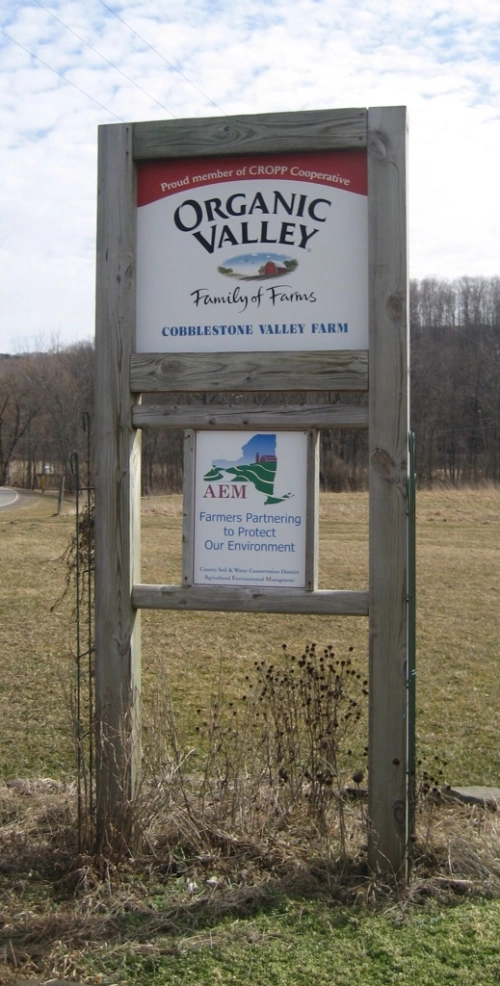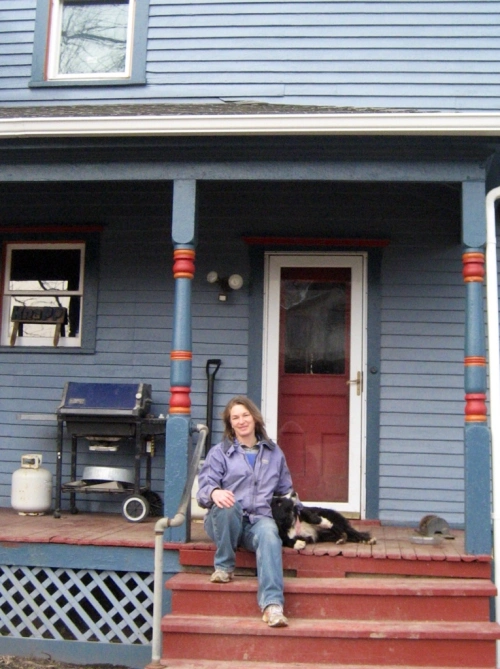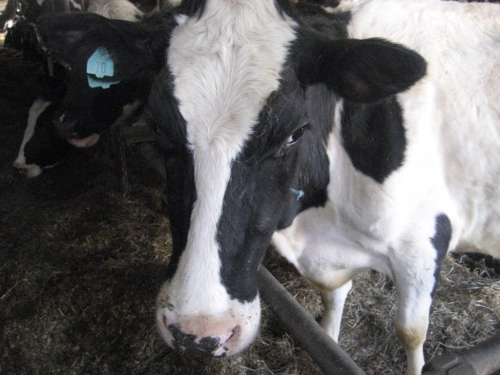Category 4
Category 3
Category 2
Category 1
We specialize in elevating content creators like you through bespoke social media strategies that not only capture attention, but also drive engagement.
Stride Social
Welcome to
“Meet the girls,” said Paul, my formal introduction to the black and white milk cows that live on Cobblestone Valley Farms. Located in the small town of Prebble, New York, it is home to Paul and Maureen Knapp, their three boys, eighty egg-laying chickens, one hundred sixty cows and one loyal dog. Their denim blue, two-story clapboard house with a large porch and squeaky screen door sits amid three hundred acres of pasture.
Maureen Knapp, co-owner of the farm with her husband Paul, greeted me. Her smile was infectious. Her shoulder-length hair had the same bounce as her personality. Impressive, given she stepped off a plane from the West Coast the night before. She and Paul were guest farmers promoting Organic Valley Family of Farms at a natural products trade show.
Organic Valley, a cooperative of small family farms like the Knapps, is defined as a specialized dairy farm by the USDA. This type of farm has been in dramatic decline since 1950. In the last six decades cows have been plucked off pastures and placed inside buildings called free stall barns constructed of steel or wood some housing upwards of 3,000 cows. The high concentration of cows, while more efficient in producing milk, proves inefficient in water usage and pollution. The exclusively ‘indoor’ cow relies on feed raised with blue water, water from reservoirs above and below ground.
The high concentration of cows translates to high concentration of manure. For example, the estimated 450,000 dairy cows that live exclusively inside buildings in Tulare County, California, the largest producer of milk in the United States, produces five times more waste than the sewage from the New York City metro area. The slurry of manure drips and gushes into underground lakes and rivers that lead to the sea.
The cows at Cobblestone Valley Farms wait indoors for the fresh grass of spring when they can once again roam the pasture. We walked into the barn. The earthy smell of fresh manure and the sweetness of hay made it feel warmer than the final days of winter.
Inside the barn, Paul, a sturdy man donned in mud-caked rubber boots and baseball cap shoveled heaps of hay with his pitchfork to the awaiting cows.
“Where do you get the hay?,” I asked.
“This hay is grown in the summer months on our pasture on the other side of the highway. It will last until we can let them out again in the spring.”
Fifty pounds of feed is eaten by a dairy cow each day, which explains the large water footprint of dairy foods.
“Is your farm rain-fed?”
“What does that mean?,” asked Maureen.
“Rain-fed means your farm is watered from rain and moisture not irrigation.”
“I like that term,” Maureen mused. “Definitely rain-fed. It always rains here.”
Cobblestone Valley Farms is among the ninety-percent of food acreage in the world that uses rain for irrigation –rain-fed. But, too often the bags of corn, grain and soybeans used to feed a cow, originate from dry regions that irrigate from water sources spent faster than they are replenished.
“When do you think the cows will start to graze?”
“We are working with nature. When nature says it’s ready, we put the cows out. Some years it can be late April and other years it is around the middle of May,” said Paul.
“No matter what day it lands on we and the cows are thankful,” laughed Maureen.
Leave a Reply to Florencia Ramirez Cancel reply
Ready to take Action?



Excellent information! I have passed those farms off Hwy 5 near Tulare,they are a nightmare. Gracias Florencia!
Great story, reminding us of how it is supposed to be.
Thank you Carmen. There is a better way to produce milk. Together we can grow dairy operations like Cobblestone Farms!
You captured the interview well, especially with the great photos and links. I really like your new sidebar.
Eye-opening in many ways!
Each time I visit a farm it opens my eyes to farming done with integrity and grace. I am glad to bring the stories back with me and share.